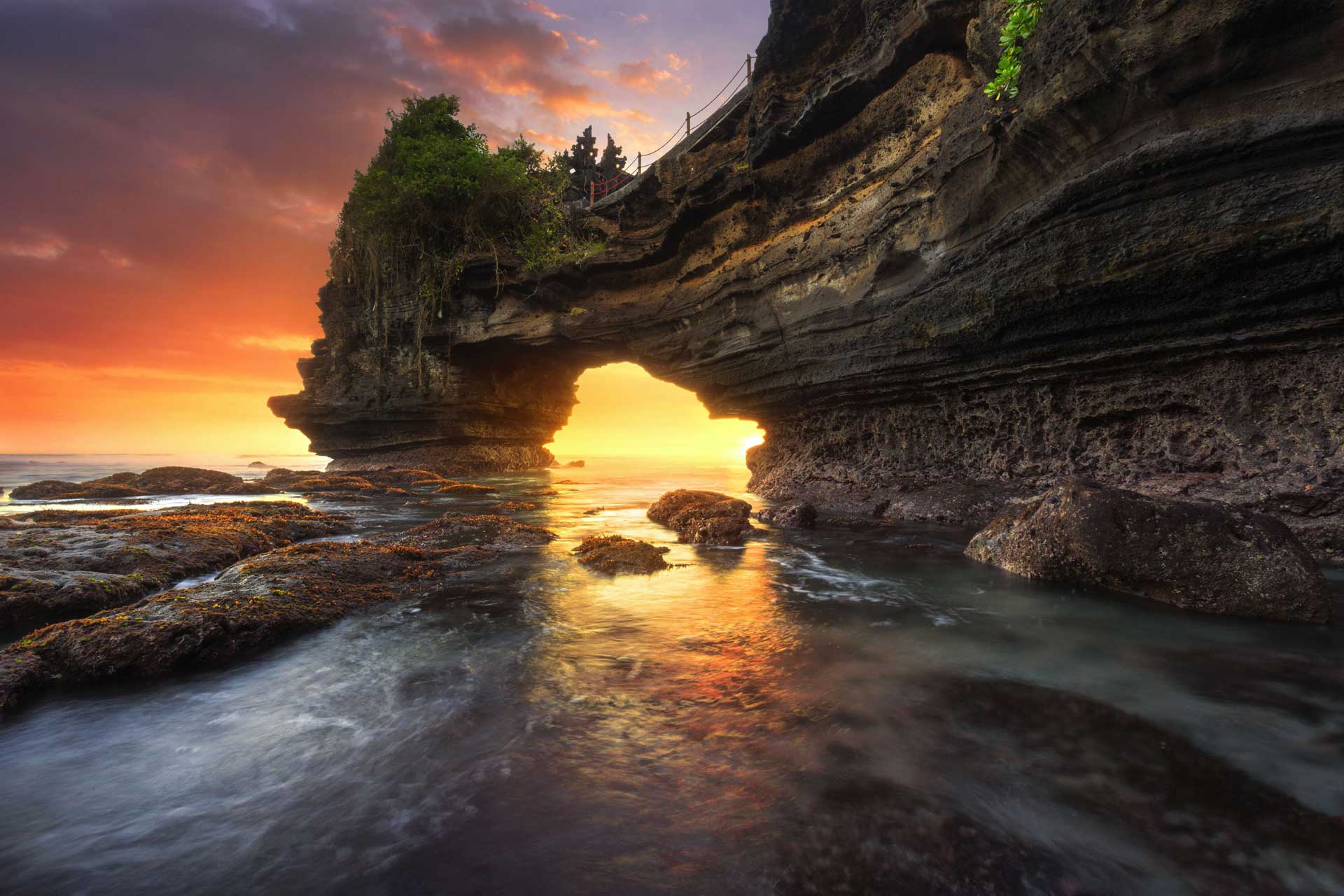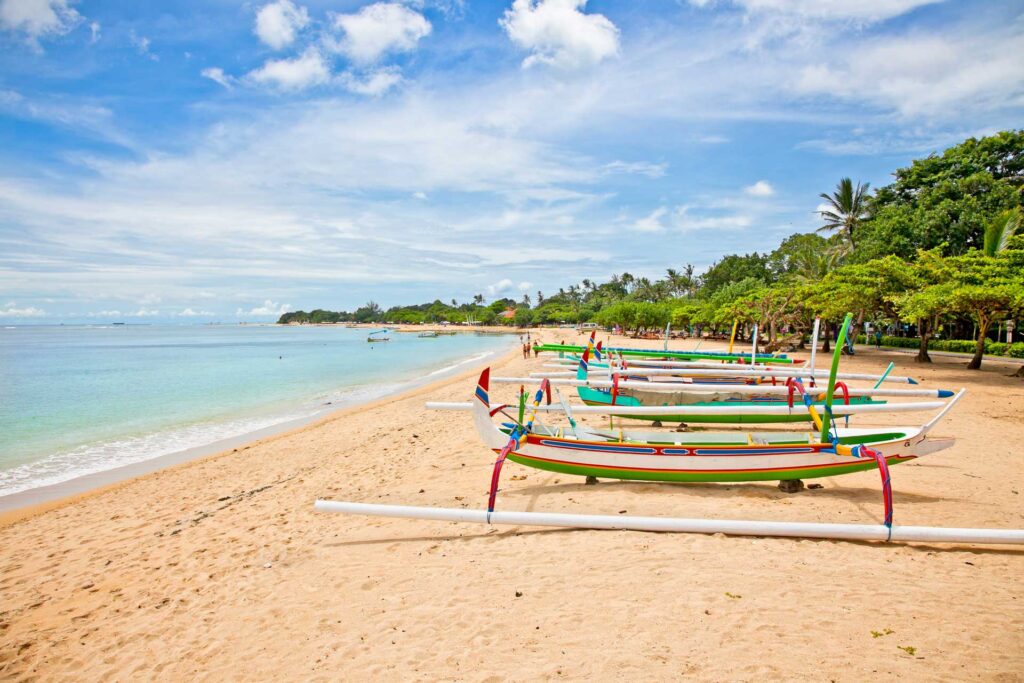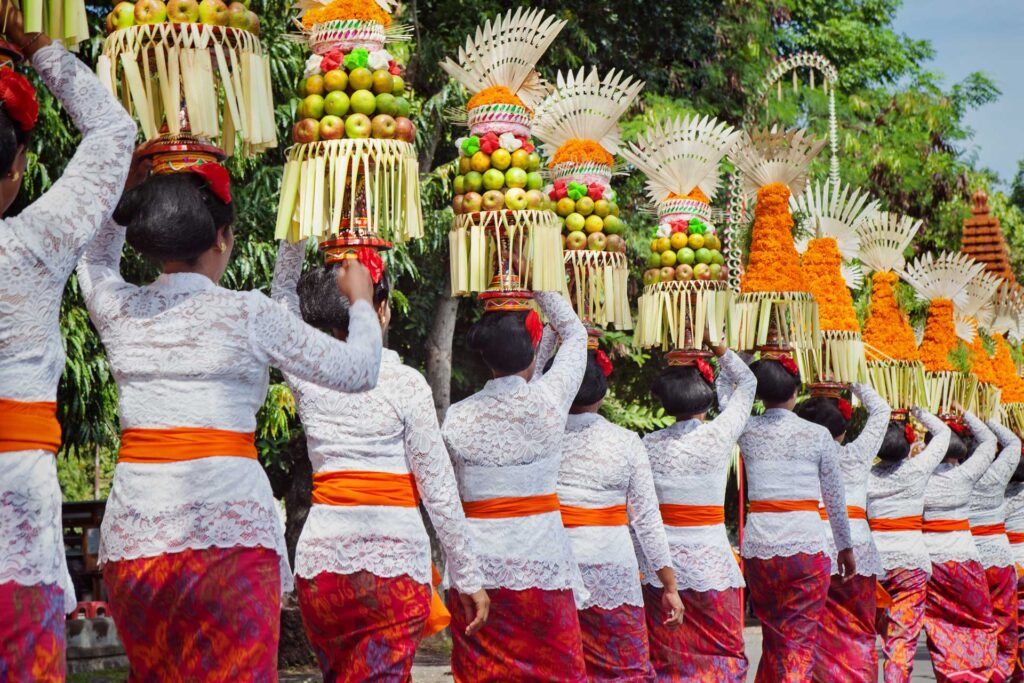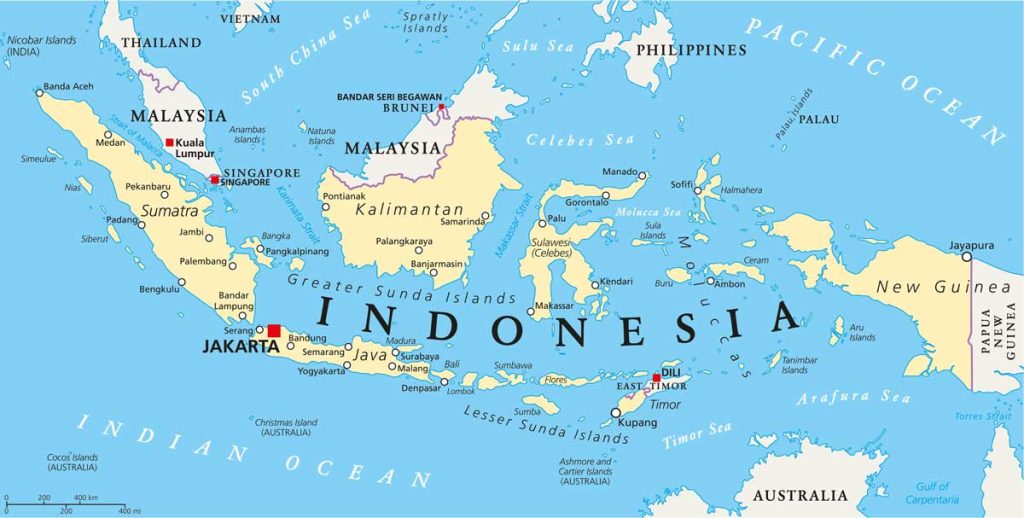Indonesia

Wonderful Indonesia
The largest archipelago in the world with 17,504 large and small tropical islands fringed with white sandy beaches. Because of its location and geology, Indonesia is blessed with the most diverse landscape, from fertile rice lands on Java and Bali to the luxuriant rainforests of Sumatra, Kalimantan and Sulawesi, to the savannah grasslands of the Nusatenggara islands and the snowcapped peaks of West Papua. Indonesia still has many unexplored islands with grand mountain views, green rainforests to trek through, rolling waves to surf to and deep blue pristine seas to dive in.

Beautiful Beaches
Made up of over 17,000 islands, Indonesia is not short of a beautiful beach or two. From the volcanic black sand in the north of Bali, to the white soft sand and turquoise waters of Gili Meno, and the pink beach of Komodo Island, you will be sure to find the perfect spot to enjoy Indonesia’s incredible sunsets.

Ancient Temples
Escape the rush as you explore UNESCO World Heritage listed national parks and temples, including the worlds largest Buddhist Temple, set amongst sprawling paddy fields.

Mystical Mountains
Indonesia’s horizon is vast and mountainous. Dominated by volcanoes, more than any other country in the world, a sunrise trek to the top to enjoy the view is a magical way to start your day.

Top Highlights
- Visit Komodo Island, the only place in the word where you will be able to find the beautiful Komodo dragon.
- Climb active volcanoes such as Mount Bromo, which offer beautiful and spectacular view – especially during sunrise.
- Go diving or snorkeling in incredible clear waters, an amazing seabed, and huge animal diversity in the Gili Islands.
- See the endangered species of Orang Utans at Gunung Leuser National Park in Sumatra.
- Soak up the sun, surf and enjoy the unique lifestyle at the different beaches on the famous island of Bali.
- Find your inner peace and meditate in tranquility and serenity in Bali’s cultural heart – Ubud.
- Discover the largest Buddhist temple in the world – Borobudur in Java Island, a UNESCO World Heritage Site.

Country Information
- Jakarta
- GMT +7 to+9
- Rupiah
- Islam
- 276 Million
- Bahasa
- Jakarta, Denpasar, Surabaya, Yogjakarta
- Indonesia is split by the equator, resulting in a warm, tropical climate all year round. The best time of year to visit Indonesia is between May and September when the days are dry and sunny. However, during the wet season temperatures are still high, and rain only lasts for a couple of hours, and certainly won’t spoil your trip.
